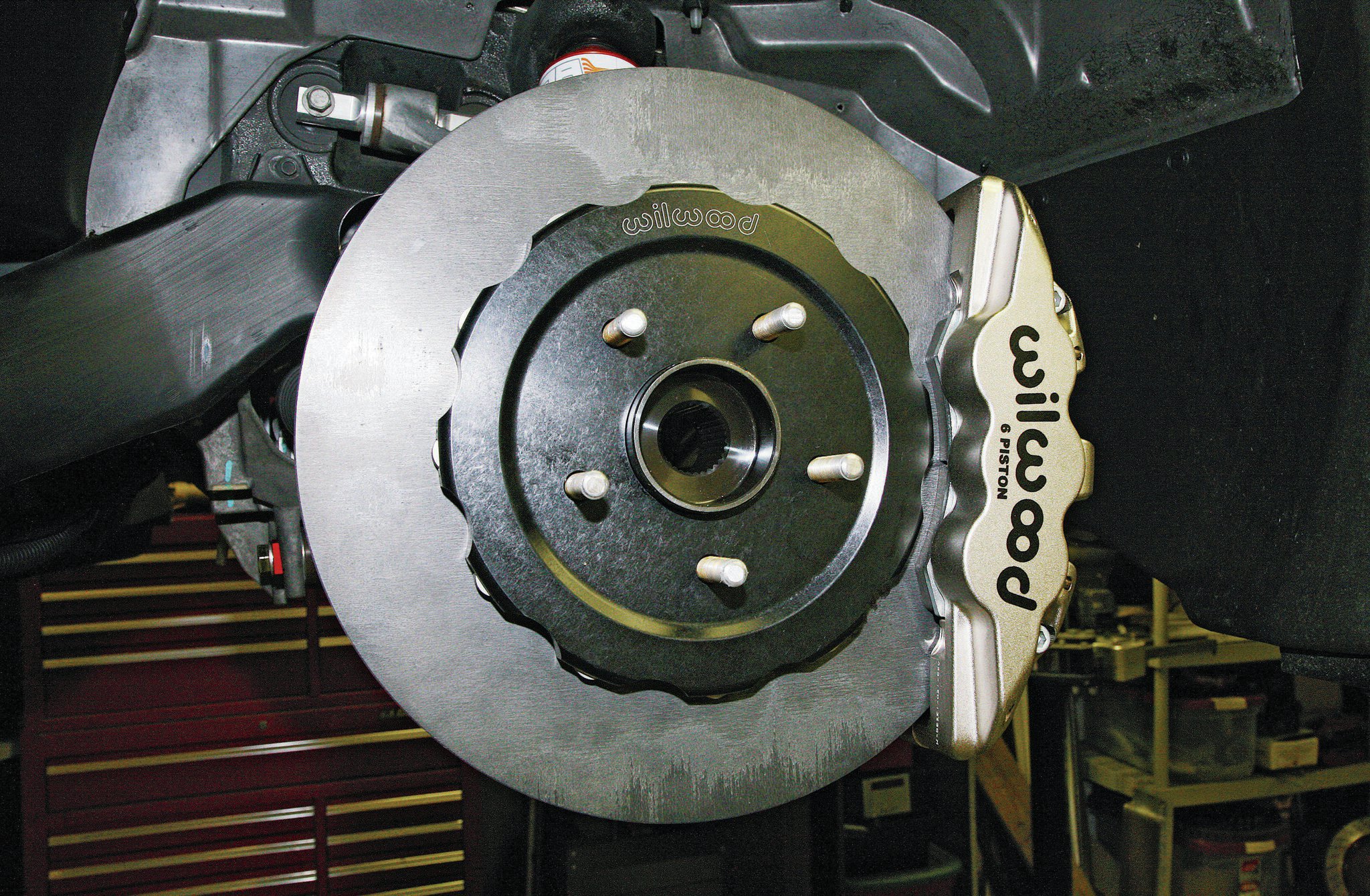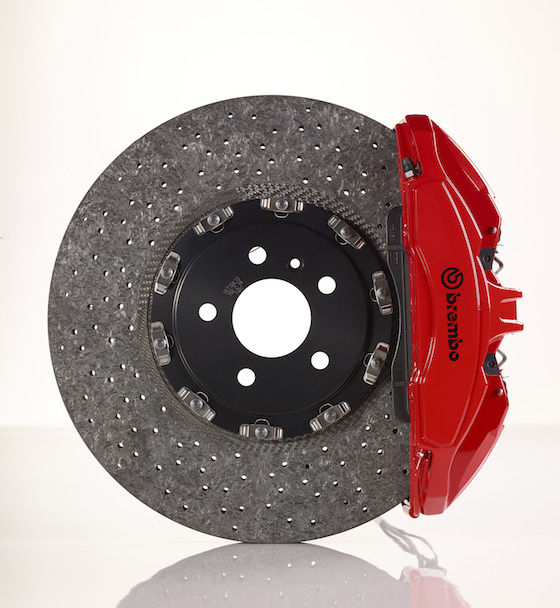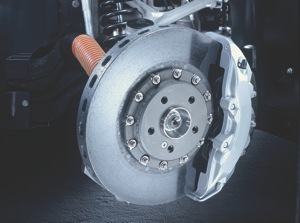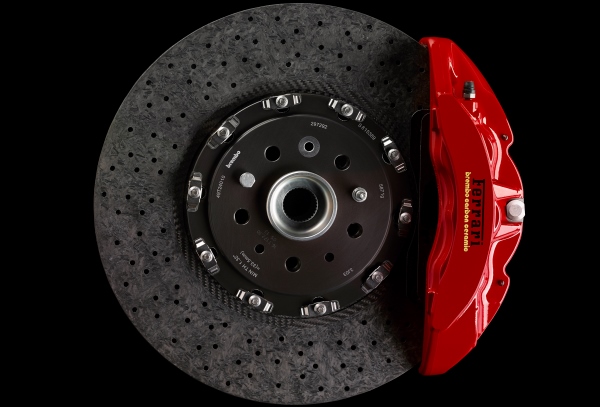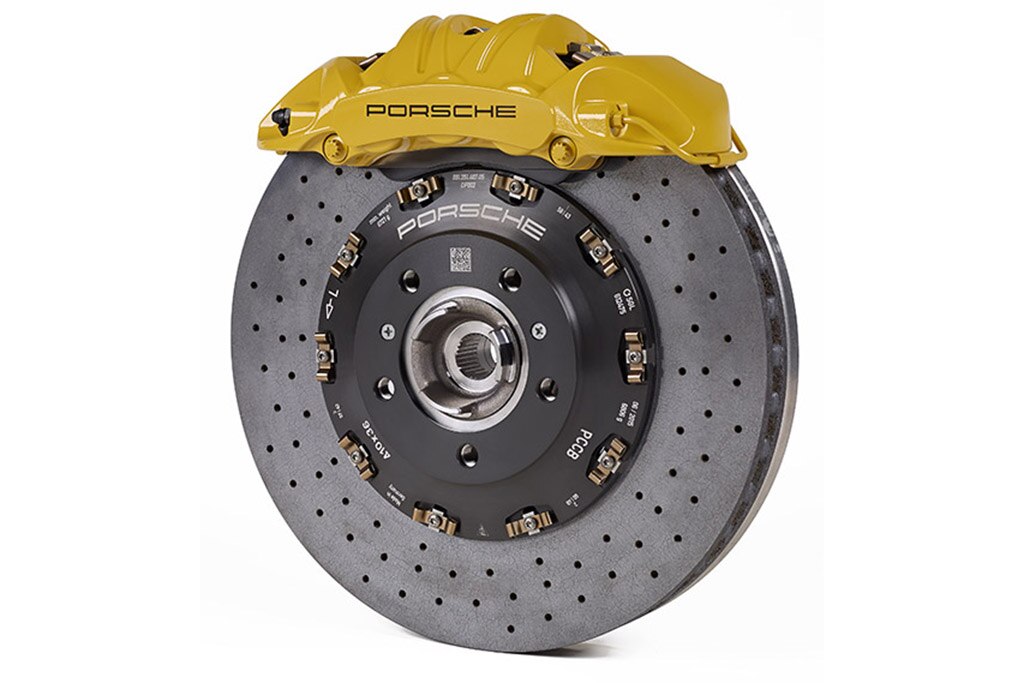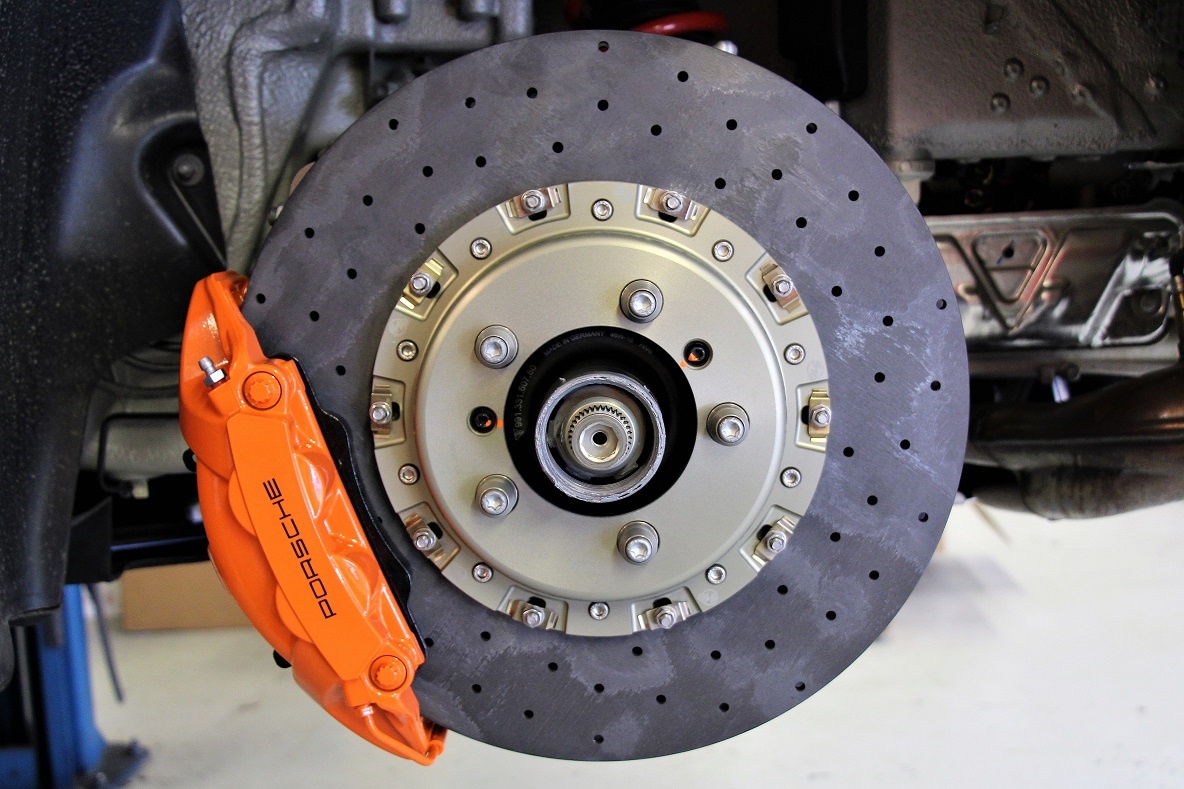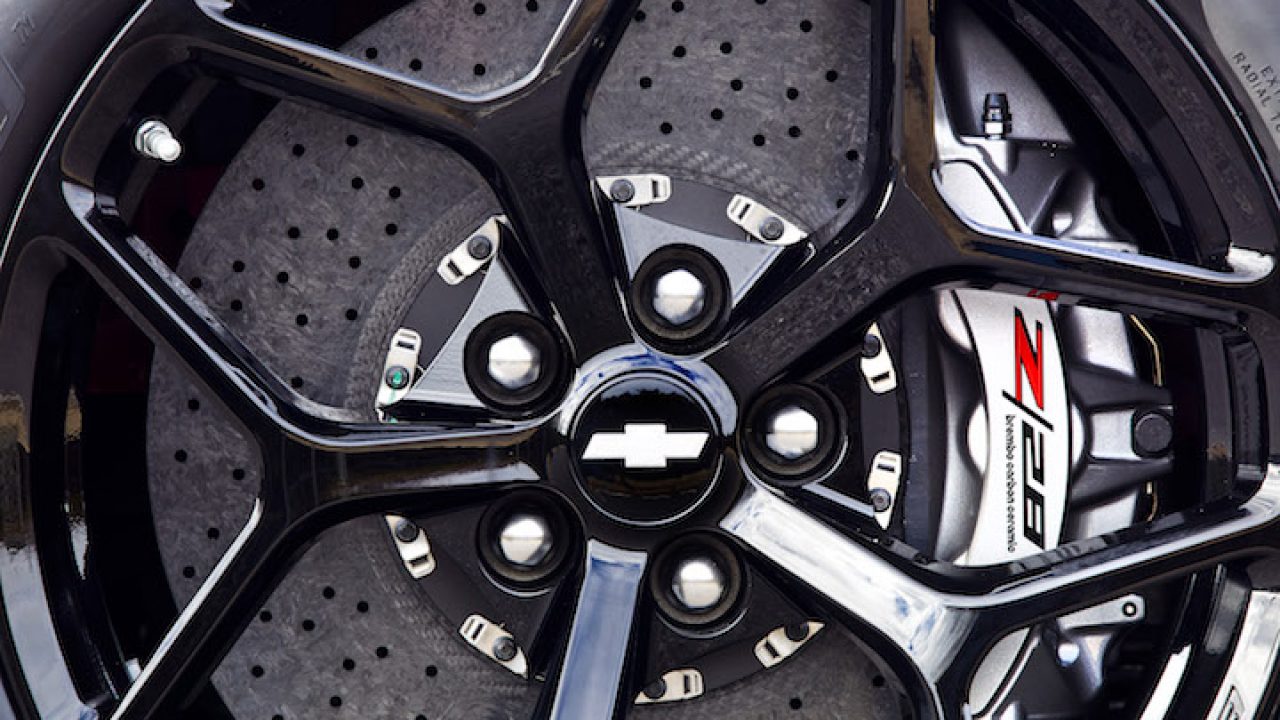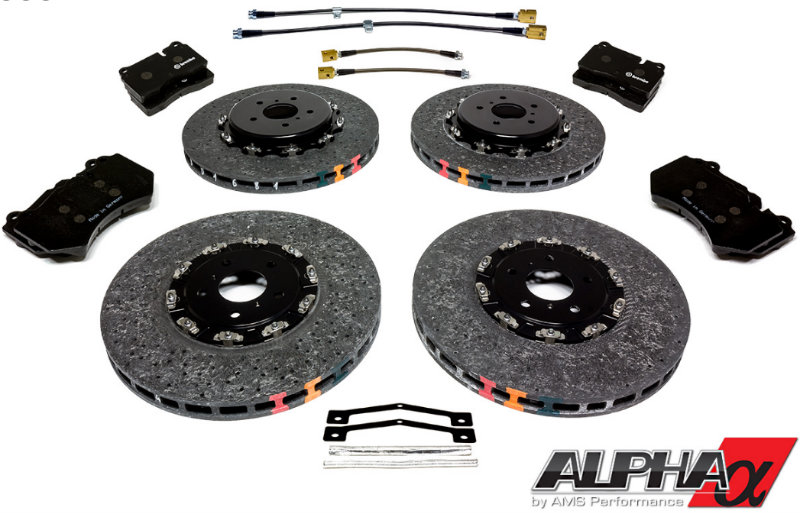This means that the reinforcing carbon fibres in the ceramic matrix were now much longer than chopped fibre rotors and offer many benefits over chopped fibre carbon ceramic rotors.
Benefits of carbon ceramic rotors.
6 key advantages of carbon ceramic brakes.
Ceramic composite rotors are extremely durable.
Carbon ceramic offers substantial benefits in terms of performance in both wet and dry conditions weight comfort corrosion resistance durability and high tech appeal.
Some of the benefits of carbon ceramic brake discs over more traditional brake systems are as follows.
This is because carbon ceramic brakes were designed to function at high speeds and temperatures.
Extensive testing has revealed performance characteristics friction profile strength fade and heat management that match or surpass oem carbon ceramic matrix rotors.
This is due in part to the high strength and wear resistance of the ceramic carbon mix.
Refurbish for extended life a newly developed process allows for the refurbishment of ccs rotors as long as carbon content in the rotors meets the required levels.
Carbon ceramic brakes have many of the benefits of carbon carbon brakes such as high performance and low weight but also provide consistent braking throughout the range of everday temperatures.
Ceramic composite or carbon ceramic brake rotors and pads offer these advantages and more.
According to several people on the amg forums they received a carbon ceramic brake rotor and pad change estimate of somewhere between 15 000 and 18 000 when the time finally came to do the work.
In 2004 the carbon ceramic braking system was awarded the golden compass prize by adi the italian industrial design association.
Carbon ceramic brakes don t provide the same feedback as conventional brakes.
F1 teams didn t mind so much but you won t find many takers for a car that needs a new set of rotors around every 1000km at a cost of about 10 000 a set as is the case now.
Is brake bedding important and what does it mean.
While it may seem like these systems are untouchable like some supermodels this expensive option on some high performance vehicles could be the brake of the future if the cost comes down.
Established in 1992 surface transforms began developing an automotive carbon ceramic brake in 2004 utilizing continuous carbon fibre instead of chopped carbon fibre.
I looked up the parts myself and it appears that just the parts rotors and pads are somewhere in the neighborhood of 11 000.
Ccm discs typically last much longer than traditional cast iron discs.
